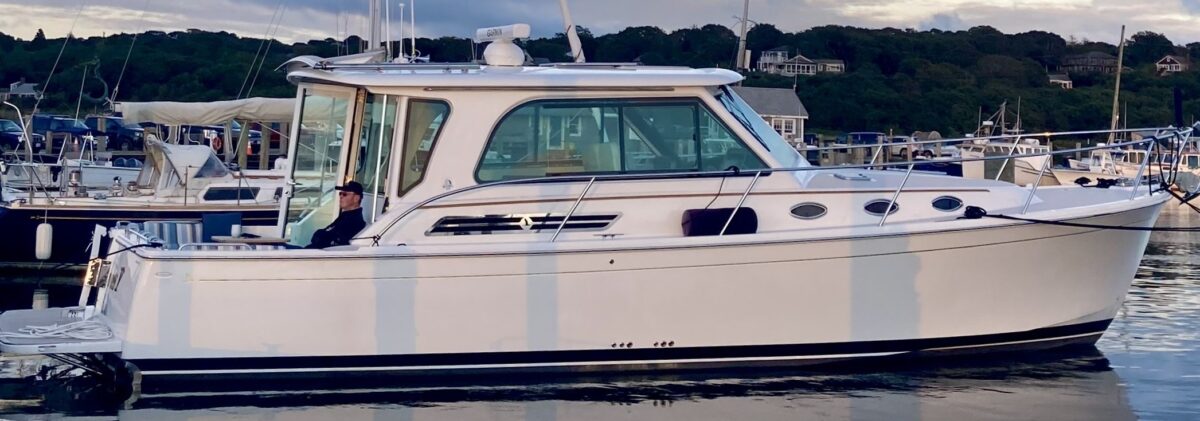
George Town on Great Exuma in the Bahamas is a popular cruiser stop on any trip through the Exumas. Whether you stay there for the season or just pass through, George Town provides weather protection, a decent grocery store, free water and maybe more company than you would prefer.
We have stopped there many times over the years and always enjoyed it. A conch burger at Chat and Chill, washed down with a few Kalicks is sort of a must do stop for us whenever we pass through. While we have enjoyed the beach time, snorkeling and hiking on Stocking Island, we have never done much land travel on either Great Exuma or its southern sister, Little Exuma.
Northbound travel brings you past the airport, Sandals resort, Emerald Bay marina and generally well developed areas. Southbound is somewhat more rural and brings some interesting local culture to light.

For our first adventure south we rented this motor scooter. We figured easy, fun and cheap. We figured wrong. It cost $50 when a car would have cost $80. While I used to ride when younger, handling a scooter is not like a big road bike, and having the extra rider behind me was a bit of a balance challenge. And while the roads are generally decent, there are many pot holes as deep as the little tires are high. Hit one at 30 mph and its all over. So that fear had my eyes glued to the road the entire trip. Regardless, we decided we would come back with better wheels and maybe even a guide.
On our next visit to George Town we were excited to hear about a guided tour south being arranged by one of the cruisers, thanks to Mark on CAVU. This tour would be guided by Cordell Thompson, a local Bahamian who traces his history on Great and Little Exuma back to the 1700’s. We had actually met him a while back when he was giving a talk on vollyball beach on bush medicine and home remedies. He turned out to be a wealth of knowledge about the island and its people.

Local Bahamian boat building is a fascinating story that goes beyond what I could cover here. But the sailing hulls they build, all out of local wood and all with 100% local materials and labor, are things of beauty. watching them race is as entertaining as it gets down here. In this picture, Cordell is holding a piece of mahogany with the correct grain pattern for what will become part of the keel of a racing slop.

We had to push through a fair amount of underbrush to get to the site of this former cotton plantation. British loyalists from the US were transplanted here, along with their slaves, after the revolution. This lasted until the 1830’s when slavery was abolished in Britain and all of her colonies. Many of the current population of the Bahamas can trace their ancestry to Loyalists (white) or slaves (black). We found it interesting that places like this plantation, with so much history, are left to crumble. Cordell said the attitude towards these sites was somewhat indifferent. And of course, there is little money available for such things when hurricane damage from two years ago is still to be repaired. (see our blog on the Ragged islands and Duncan town.
Some day we will come back and sit with Cordell to learn more. Comparing how the US recovered from slavery to how the Bahamas handled it would be interesting.


On a lighter note, here I am spooning on extra helpings of rum sauce on Mom’s famous rum cake. This is the real reason we made a second trip to Little Exuma.
Well its nearly 5 pm and I have a 24 hr cellular access that is just about to run out, so this is all for now. If you have a few extra days in George Town, we recommend a trip south.





















You must be logged in to post a comment.